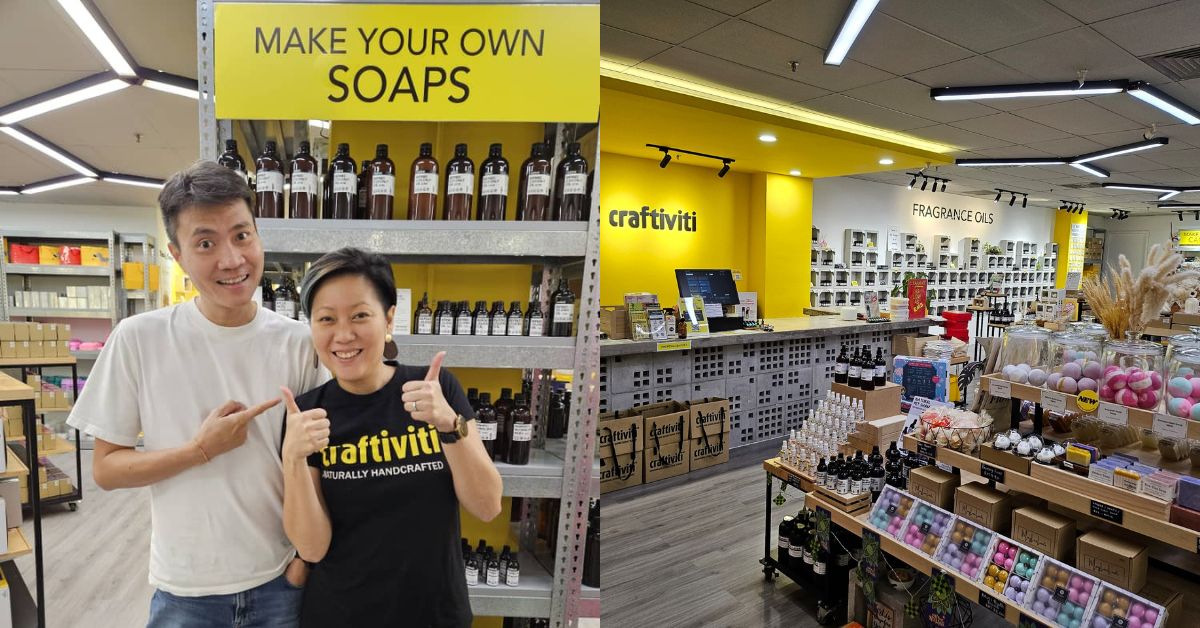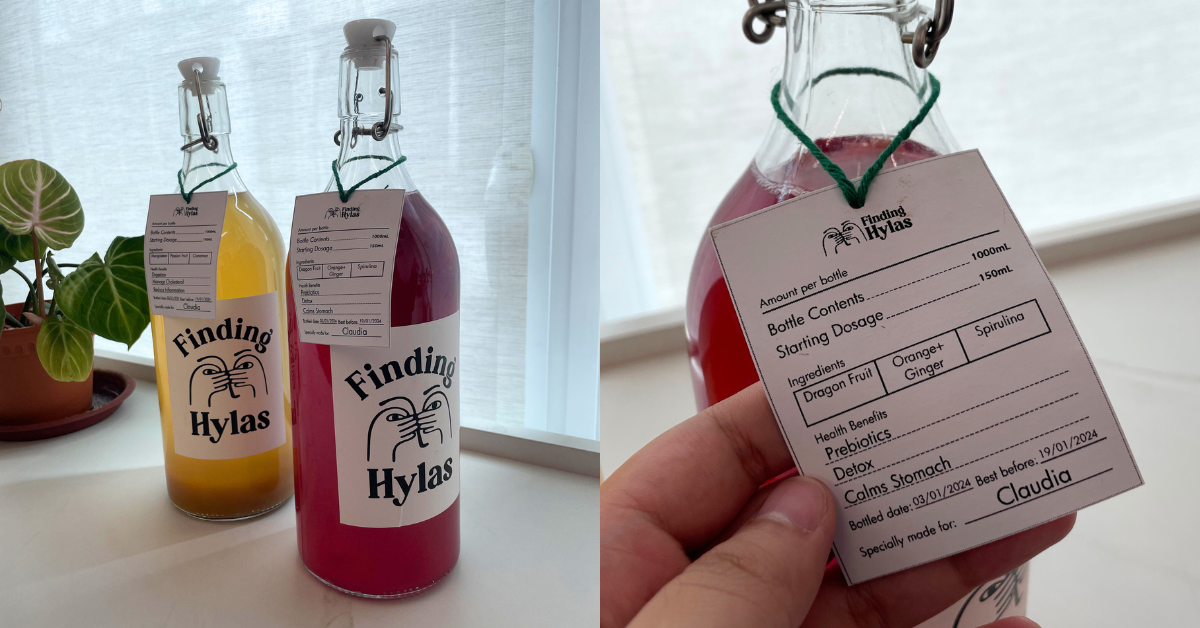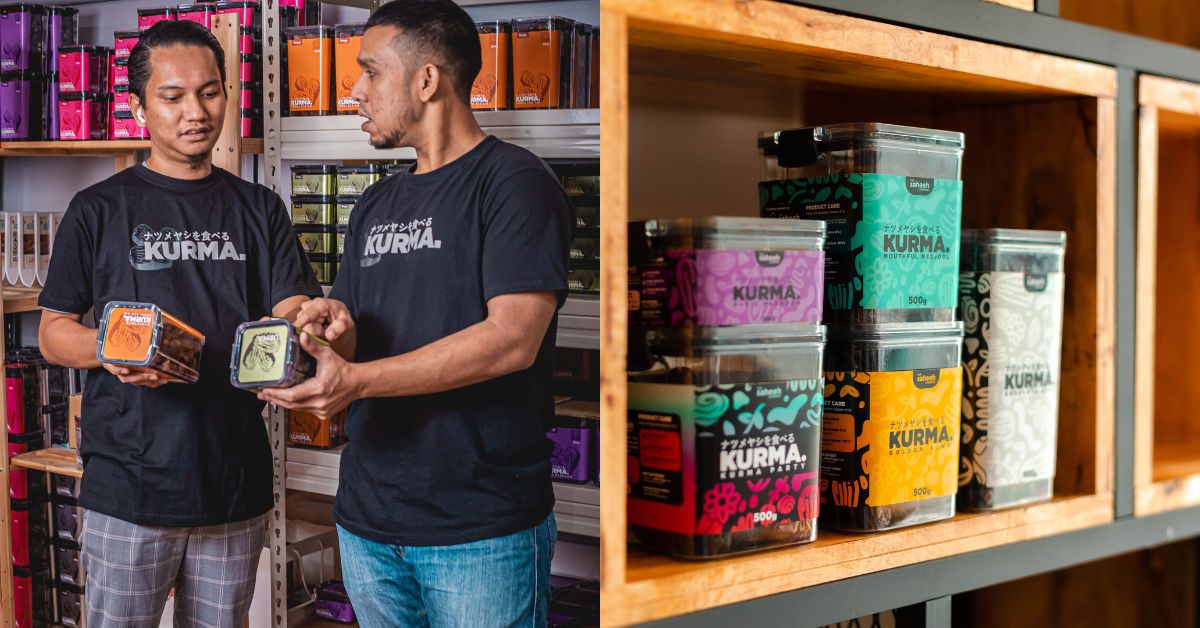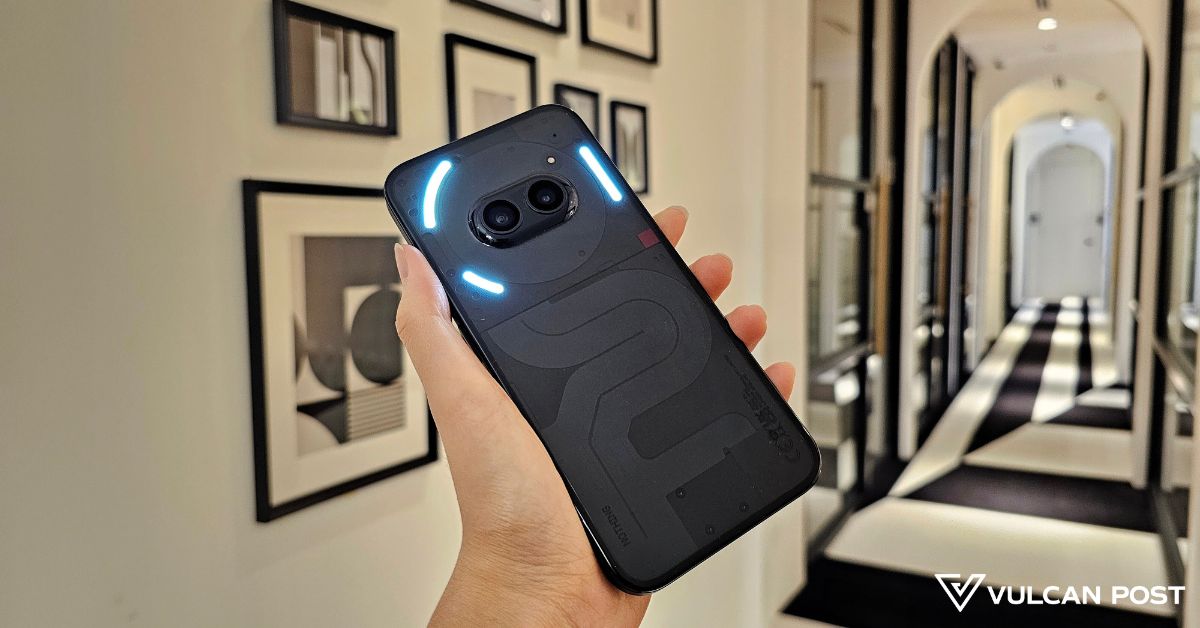When the Samsung Galaxy S22 Ultra was released alongside the S22 and S22 Plus, it came equipped with the Qualcomm Snapdragon 8 Gen 1 chipset.
While that may not sound like much, it’s actually the very first time that a Qualcomm Snapdragon chipset is available on an S series smartphone in Malaysia. Previous models released here usually came with Samsung’s in-house processor, Exynos.
Compared to the other two phones in the series, the S22 Ultra has the highest RAM capacity of up to 12GB. Meanwhile, the adaptive display allows it to switch between 120Hz refresh rate for maximum smoothness, down to only 1Hz to save on battery when showing a static image.
These are some elements that should make the S22 Ultra a contender when it comes to optimum phone performance.
But in order to properly test that, we put it through a few synthetic benchmarks and played a bunch of games for good measure.
Synthetic benchmarks

Starting off with the synthetic benchmarks, the S22 Ultra is among the top 10 highest performing devices with a total score of 833,480 on AnTuTu Benchmark. Based on verified and approved score results online, it currently sits at fourth position.
As for 3DMark Benchmark, we tested the phone on Wild Life, where it managed to get 4,923 points.

We also tested the S22 Ultra on Wild Life Extreme, which is more demanding compared to the previous, and it managed to score 1,425. It’s decent, but keep in mind that most of our daily usage of this phone wouldn’t push it to such limits anyway.
Lastly, the phone managed to achieve a score of 771 single-core score and 2,790 multi-core score on Geekbench.
However, since these are just synthetic benchmarks, how does the S22 Ultra stack up to real-world use cases?
Pretty smooth performance while mobile gaming

I chose three different types of games to test the phone on: Asphalt 9, a racing game, and Apex Legends Mobile, a shooter game, both of which require good responsiveness for accuracy, and Genshin Impact, a role-playing game (RPG) with lots of assets to load.

On Asphalt 9, the game ran smoothly with no noticeable stutters. Apex Legends Mobile, the newest battle royale mobile game that was released about a month ago ran pretty well too, even with all the graphical settings turned up to the maximum.
As for Genshin Impact, I did notice a few stutters here and there during the initial loading phase. After that, the game ran smoothly as if I was playing it on the computer.

This was impressive because the game tends to be rather flashy, which can cause framerate drops in less capable phones, making the gaming experience frustrating.
Time is of the essence in these games, so losing seconds to game lags or screen freezes could mean the difference between a win or loss.
Good thermal dissipation
Samsung developed a new cooling system for the S22 Ultra. One element playing a crucial role here is a new thermal paste called “Gel-TIM” that’s capable of transferring heat 3.5x more efficiently, according to Samsung.
Another component called “Nano-TIM” above it transfers heat to the vapour chamber much better, and is now more resistant under pressure too.
On paper, these sound impressive, and I’m glad to report that I actually felt a difference. In my experience with previous Samsung devices, mobile gaming tends to build up heat (sometimes to the point of discomfort) behind the main camera housing.
Using the S22 Ultra in a similar fashion did result in some heat build-up, but it wasn’t uncomfortable, so I didn’t need to take breaks while gaming or resort to an external cooling device to help cool down the phone.
But keeping the thermals in check is very important as excessive heat can not only reduce the chipset’s lifespan, it could also affect the battery’s total lifespan. So, while you could game for longer, it’s still generally better to stop after every few hours (plus, your body and eyesight would thank you too).
Battery for days
Speaking of battery life, on a single charge, the phone should be able to last up to three days of regular use. My two-hour synthetic benchmark and gaming performance tests caused the phone’s battery to drain by about 10%, which I would say is impressive.
When the S22 Ultra was announced, I was actually slightly surprised that it boasted a 5,000mAh battery, considering the fact that the S Pen takes up some of the phone’s internal space too. Even the Note 20 Ultra only had a 4,500mAh battery.
Of course, the larger battery comes with usage benefits, but those without a 45W fast charger may struggle with long charging times. It wasn’t too bad though, in my experience, it took about 1.5 hours for a full charge.
-//-
If you really wanted to push the S22 Ultra’s Qualcomm Snapdragon 8 Gen 1 chipset to the limits, there are probably other tests and tools at your disposal.
Based on my tests though, I would confidently say that the S22 Ultra will be able to handle quite a bit of heavy daily usage, and more.
The Samsung Galaxy S22 Ultra starts at RM5,099 (8GB, 128GB storage), and goes up to RM5,499 (12GB, 256GB storage) and RM5,899 (12GB, 512GB storage).
- Learn more about the Samsung Galaxy S22 Ultra here.
- Read our previous reviews of the Samsung Galaxy S22 Ultra here.









